The lure of flying eluded man really until the Montgolfier brothers. We can do so much more today but like so many things, we yearn for simpler days.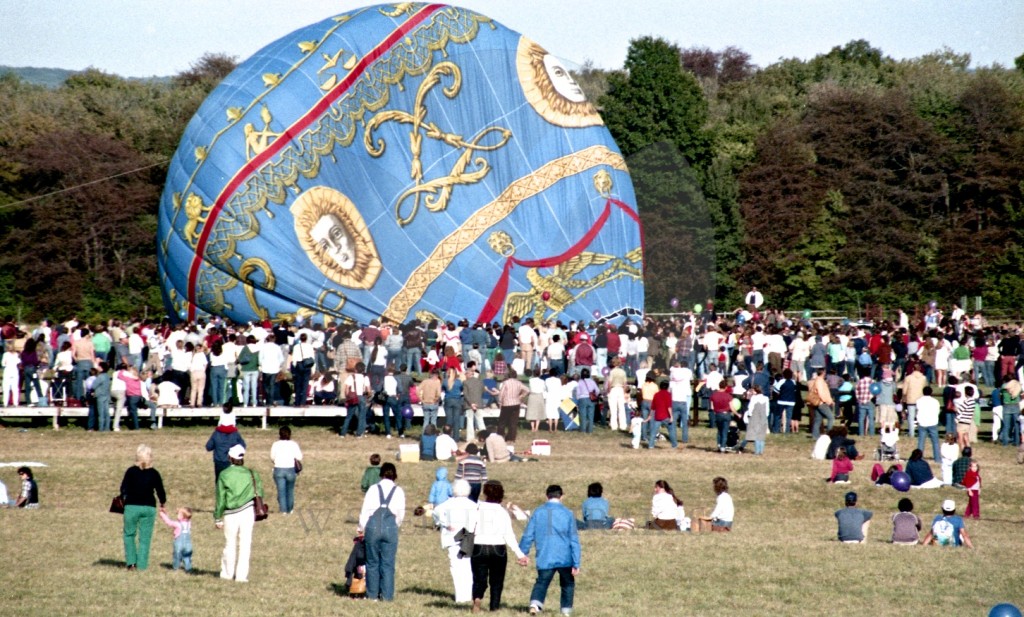
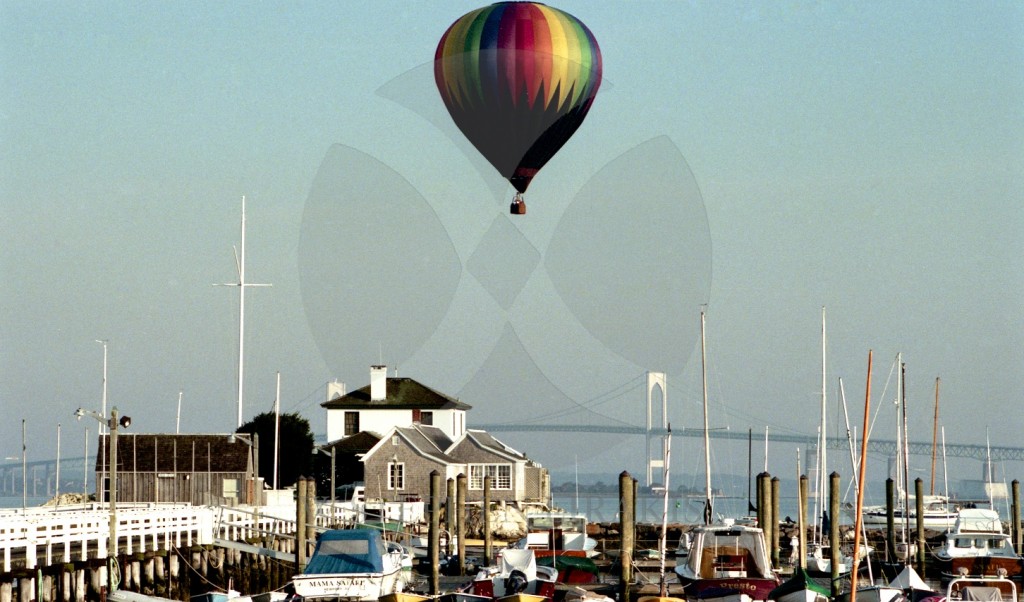
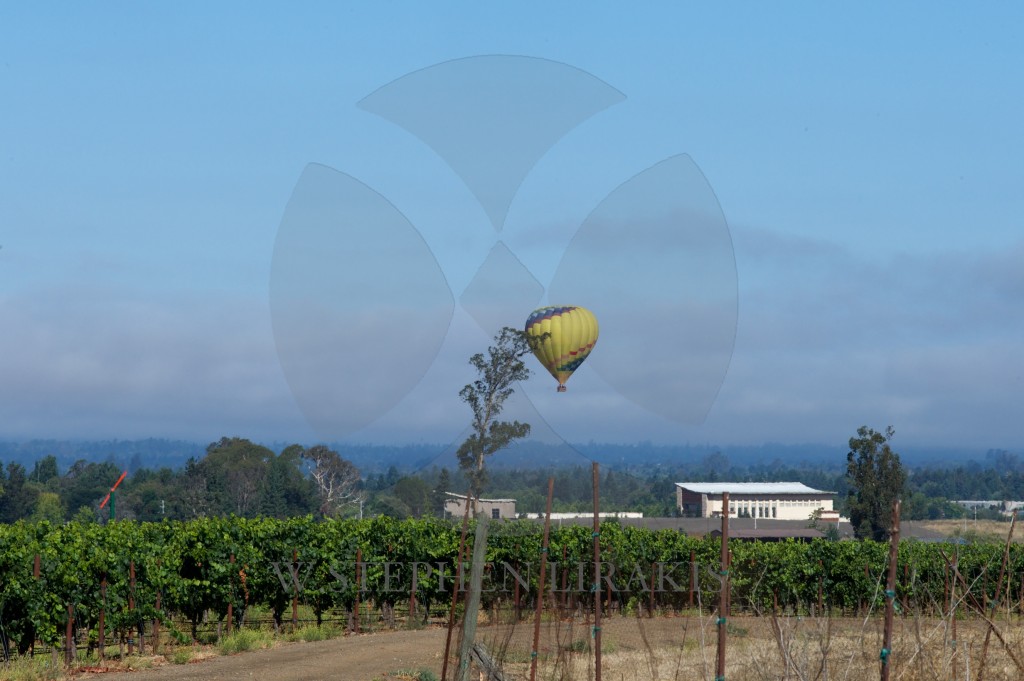
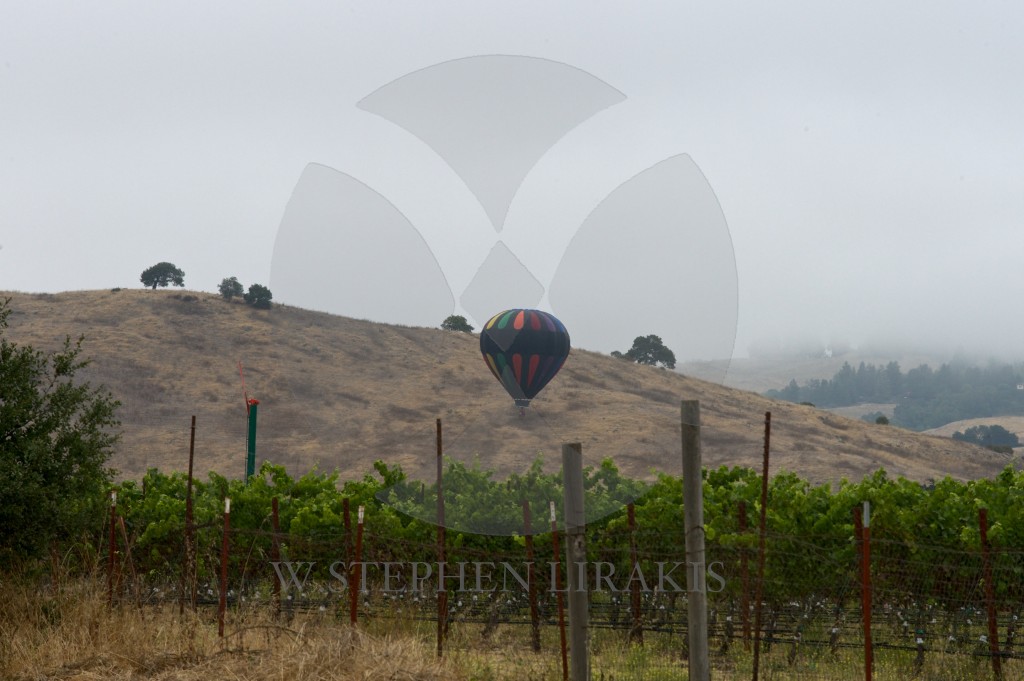
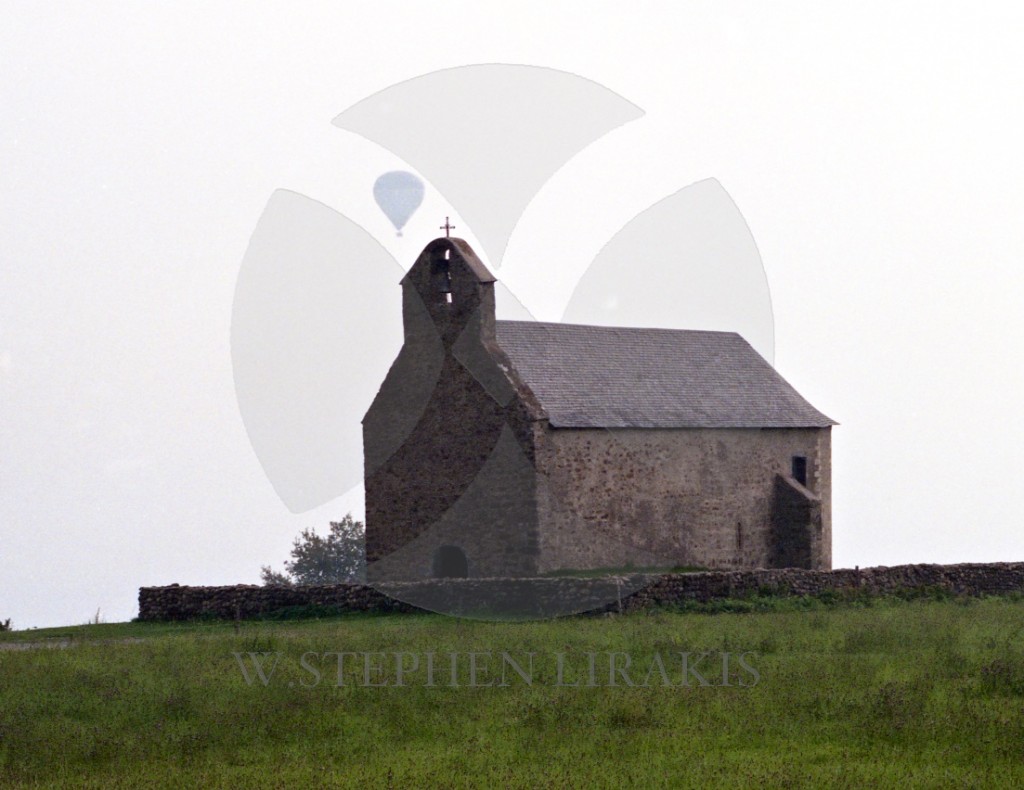
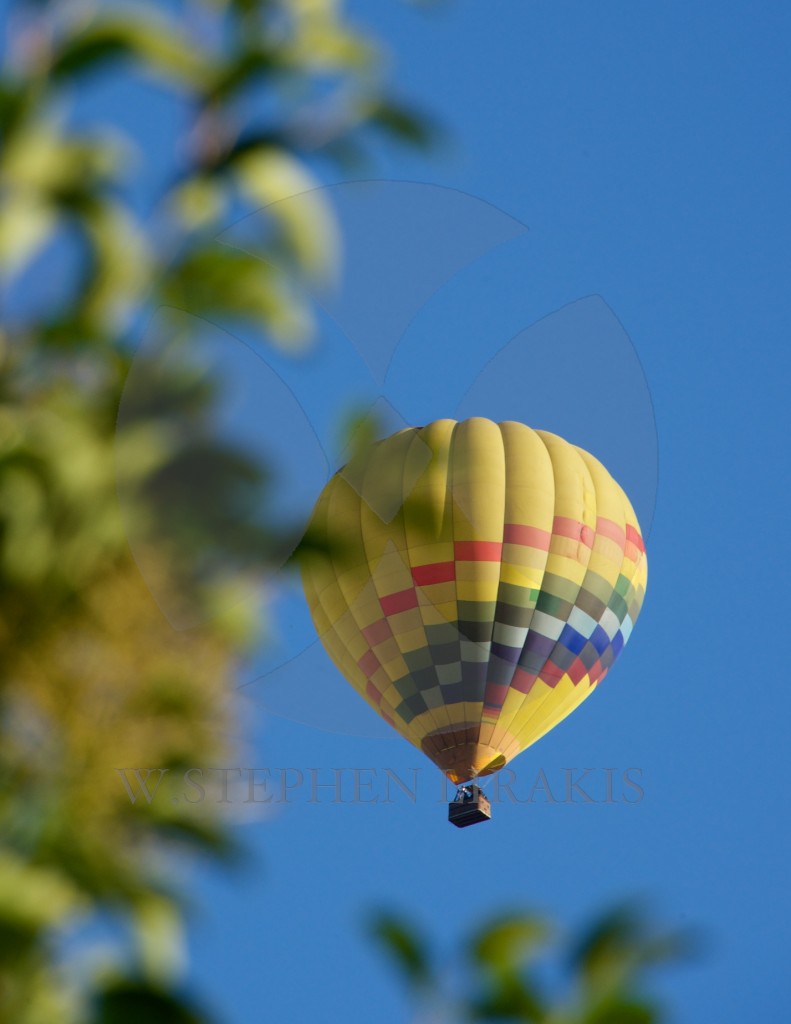
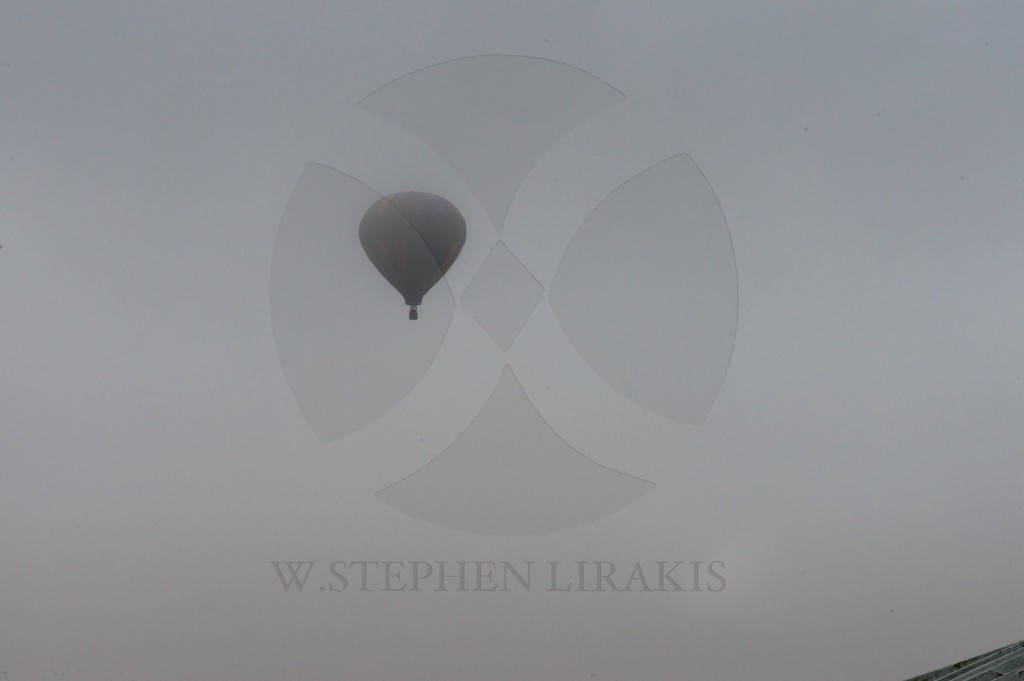
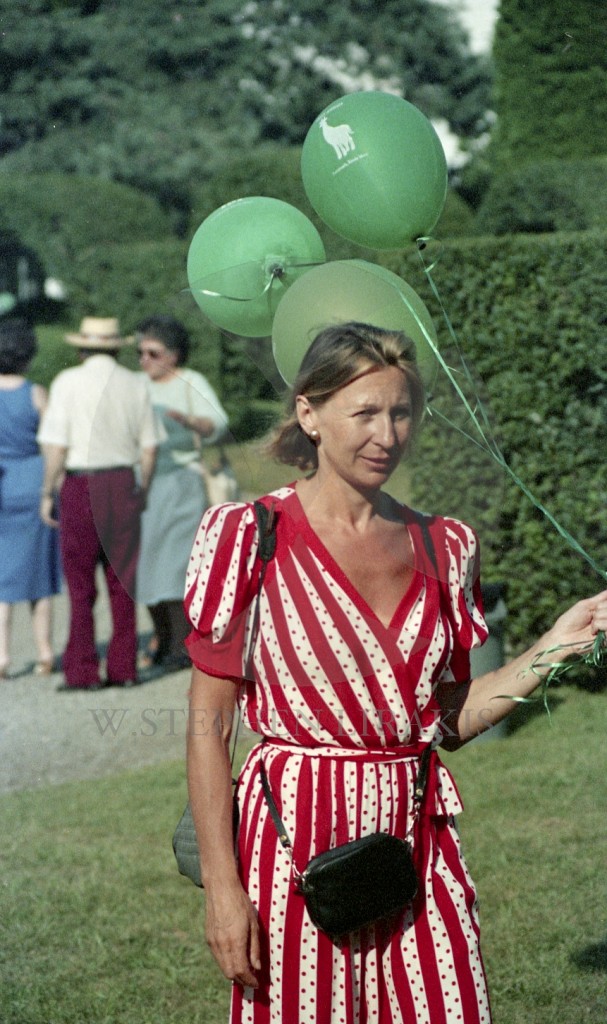
The Original Windsurfer
Posted by Clark Beek // October 15, 2012
People, Schweitzer, windsurfing
http://sailfeed.com/sites/default/files/field/image/HoyleDiane.jpg
3
What happened to windsurfing?
Kiteboarding is now all the rage, but kiteboarding isn’t doing for the world what windsurfing did back in its heyday. Before this last Olympics I heard that windsurfing was going to be replaced by kiteboarding, but I was relieved to find out this wasn’t the case: kiteboarding was just entering as an exhibition sport. Windsurfing was still in, albeit called RS:X. Then I had to look up what an RS:X is: It’s a windsurfer.
Back in 1967 my dad’s former roommate from Pomona College co-invented, and later co-patented what would be called the Windsurfer. Hoyle Schweitzer and Jim Drake came up with the idea of combining surfing and sailing, but it was Hoyle who founded Windsurfing International, and the Schweitzer family who promoted the sport and brought it out of its inception. My dad, Seymour, became one of the first Windsurfer dealers, in Newport Beach, and still probably holds some kind of record for teaching the most people how to windsurf…definitely a record for getting the most crusty old traditional sailors to give it a try.
It was our family sport. My earliest memory is playing in the sand at Bahia Santa Maria, Baja California, while various Beeks, Schweitzers, Waltzes, Swateks, and Parduccis raced on the first generation of windsurfers, with teak booms. By the time I was old enough to pull the sail out of the water (a fateful day, also at Bahia de Santa Maria) windsurfing was exploding…but we didn’t know it.
Our tribe migrated around the Southwest for regattas most of the year: Long Beach, Mission Bay, Newport Harbor, Huntington Lake, Pyramid Lake, Castaic Lake, and Bahia de Santa Maria every Easter and Thanksgiving. We almost always camped. The windsurfing tribe, in hindsight, looked like a nascent version of Burning Man. The Schweitzer’s big van was always the anchor tenant, but the Waltze’s VW bus and my dad’s Ford lease car du jour (he worked for Ford for 23 years) were always stuck in the sand nearby. The Schweitzers always had wooden planks for getting cars unstuck.
Schweitzers, Waltzes, Demonds, and Parduccis, on the beach at Bahia Santa Maria
Then one day the crowd changed. Our little band of Southern California windsurfers was joined by Sven from Sweden, Jorg from Germany, Toro from Japan, and Dario from Italy. They’d all come to race against the best. Unbeknownst to us kids, the original tribe had been outnumbered tenfold around the world. In Europe the idea of a fully-functional sailboat that could be carried on top of a car led to an explosion of the sport. Soon there was competition in manufacturing sailboards, and years of legal battles. At the world championships in 1974, where my dad won the heavyweights, it seemed there were as many Europeans as Americans. And a few years later a punk kid from Hawaii named Robby Naish began his domination of the sport that lasted most of my lifetime.
It wasn’t just the fun and convenience. Something about Windsufing embodied the Zeitgeist of the seventies: independence and individual freedom, with strong counter-culture overtones. It put a sailor closer to nature–just inches above the water, and often in it. It was the poor man’s sailboat, which had never existed before. A windsurfer sailor didn’t need yacht clubs, a fancy home, or a lot of money. He just needed a patch of sand to set up his rig and he was off into the sunset…until he’d crawl back into his tent on the beach.
By the eighties it was everywhere: The Sunkist orange soda commercial, the Frosted Flakes commercial (“They’re Great!”). A 14-year-old Clark Beek even windsurfed in a TV commercial for Nature Valley Granola Clusters, with my big speaking part (“Alright!”) which kicked me into the higher pay scale, and netted me enough money to buy my first car. In 1984 it became an Olympic sport, in Los Angeles, right where the sport began.
We flew to Maui every summer to stay with the Schweitzers, and saw revolutionary developments every time: Wave jumping, harnesses (and getting “launched” until we learned how to use them properly), the RAF (Rotating Asymmetrical Foil AKA Not Normal), Mylar sails, and then the biggest development of all, the water start. With the water start you didn’t have to stand up on the board to pull up the sail, meaning the board didn’t have to be big enough to float body weight, meaning the birth of the short board and serious speed. The world sailing speed record, tandem boards, professional sailboarders…there was no telling where it was going next.
But alas, windsurfing’s days as everyman’s sport are gone. Some say it’s because you can’t buy a cheap sailboard package anymore. In its heyday you could buy a cheapo sailboard for less than $500, then move up once you decided you were hooked. Those in the know will be quick to point out that the top of the sport is still moving up: windsurfers keep going faster, equipment keeps getting better, and back in the day we couldn’t have dreamed of the moves they’re pulling in the surf these days. Check out this guy:
Maybe the times have just changed…dang kids and their video games. I, however, will always go back to Bahia Santa Maria (we’ve got a shack on the beach now) and sail my original Windsurfer through the shallows at high tide.
Ted, the youngest Schweitzer kid, has put together a great website, Original Windsurfer, which chronicles the first ten years of the sport. For me it’s like reading a family scrap book. There are debates as to who actually invented the sailboard (it turns out there were sailboard-like-prototypes clear back in the forties), and to what direction the sport could have taken at various times, but I think everyone agrees that if Hoyle and Diane Schweitzer hadn’t packed their young family in that van and carted them all over creation to promote the sport—in the most fun, sharing, Tequila-around-the-campfire kind of way—the sport would have never grown beyond a silly contraption you’d find in the back of Popular Mechanics.
…and I doubt kiteboarding would have followed.
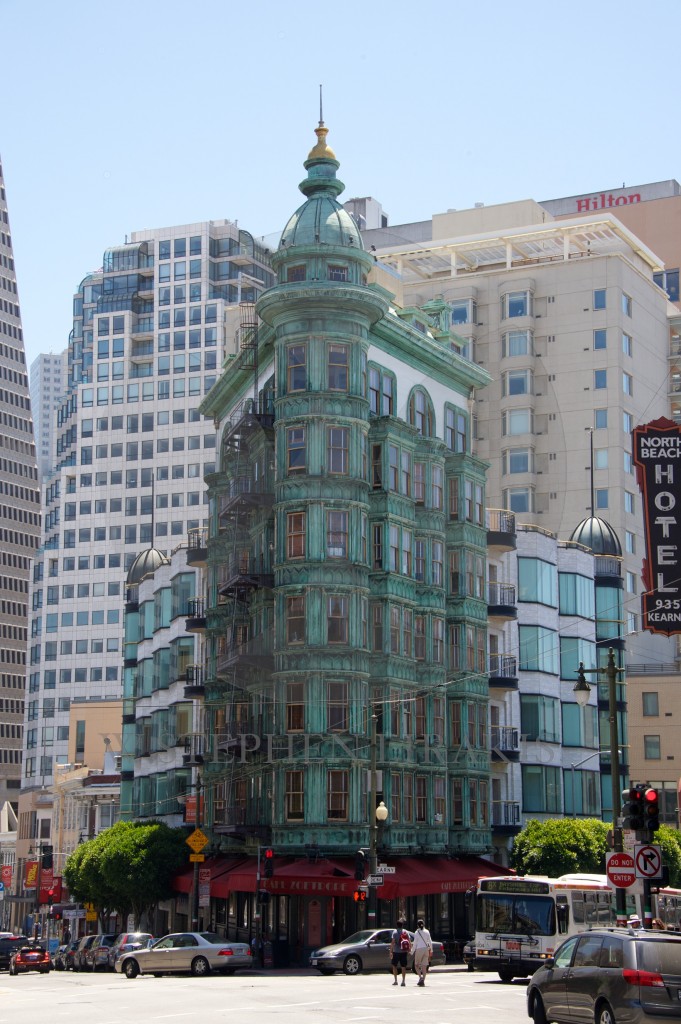
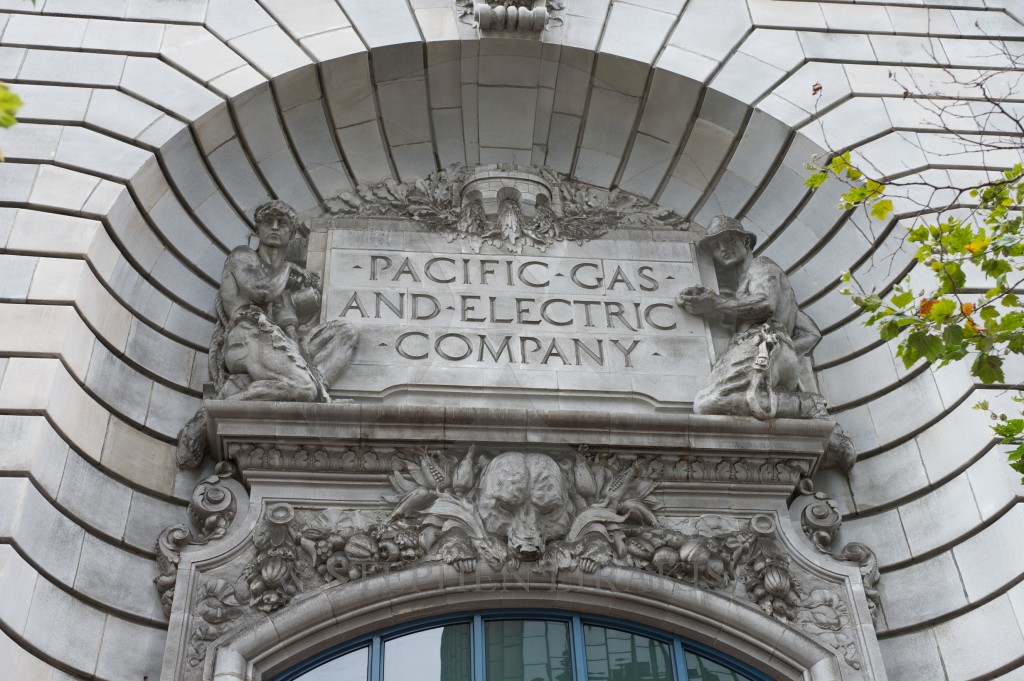
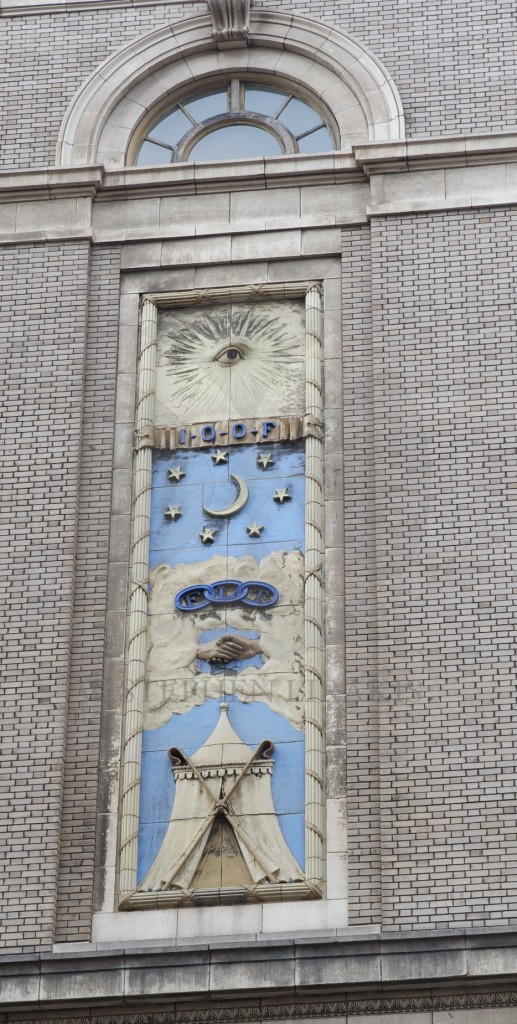
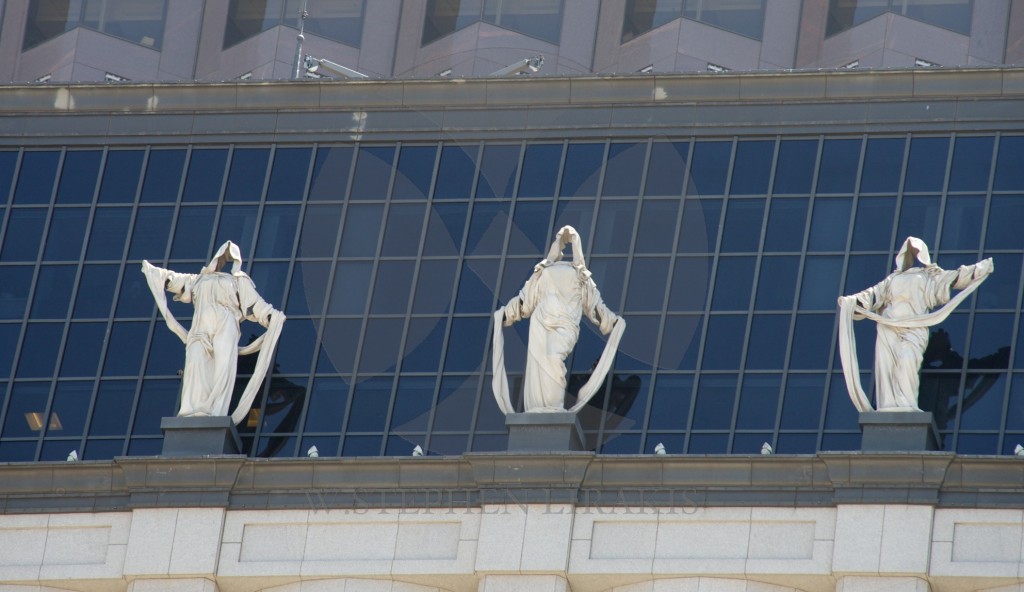
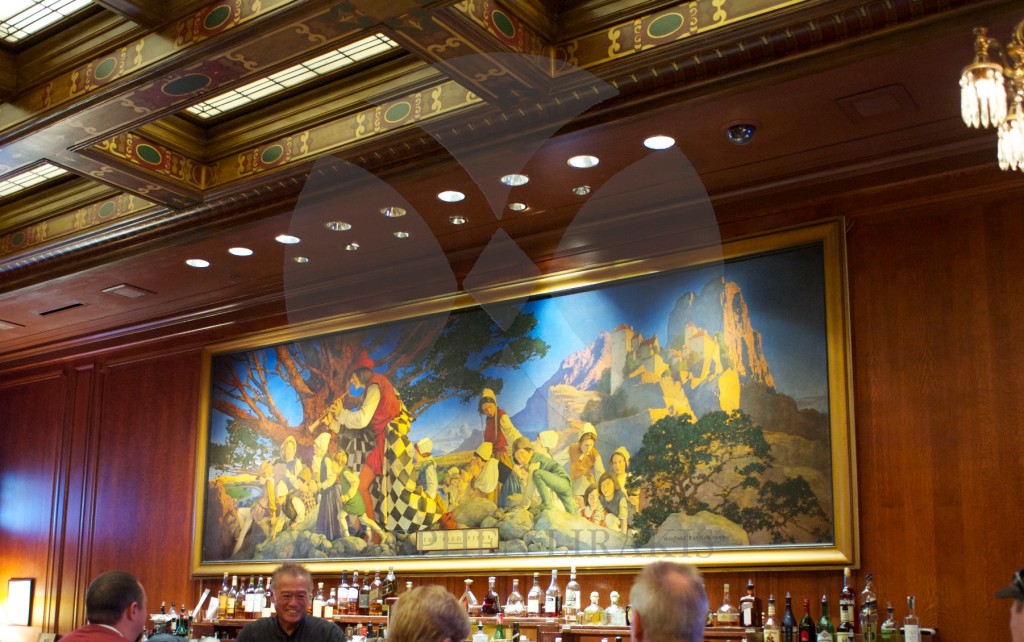
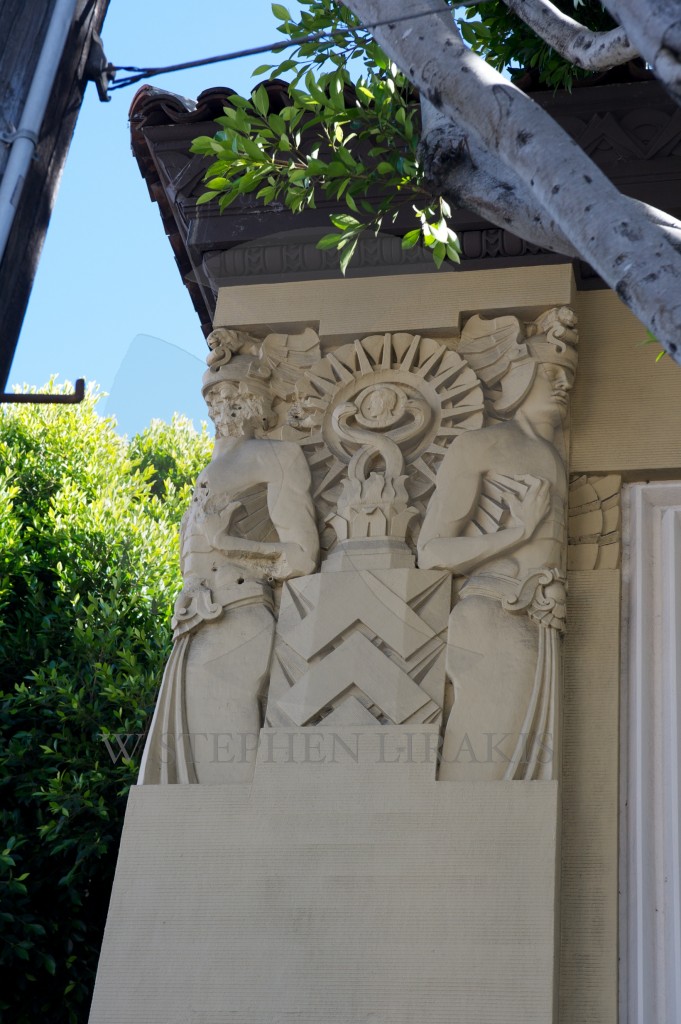
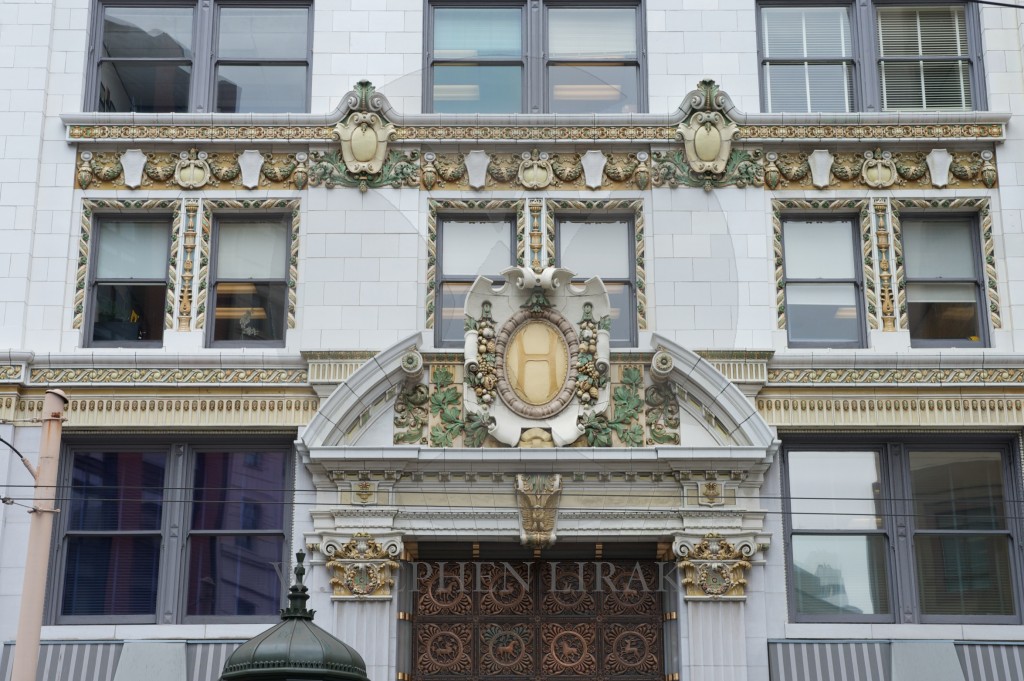
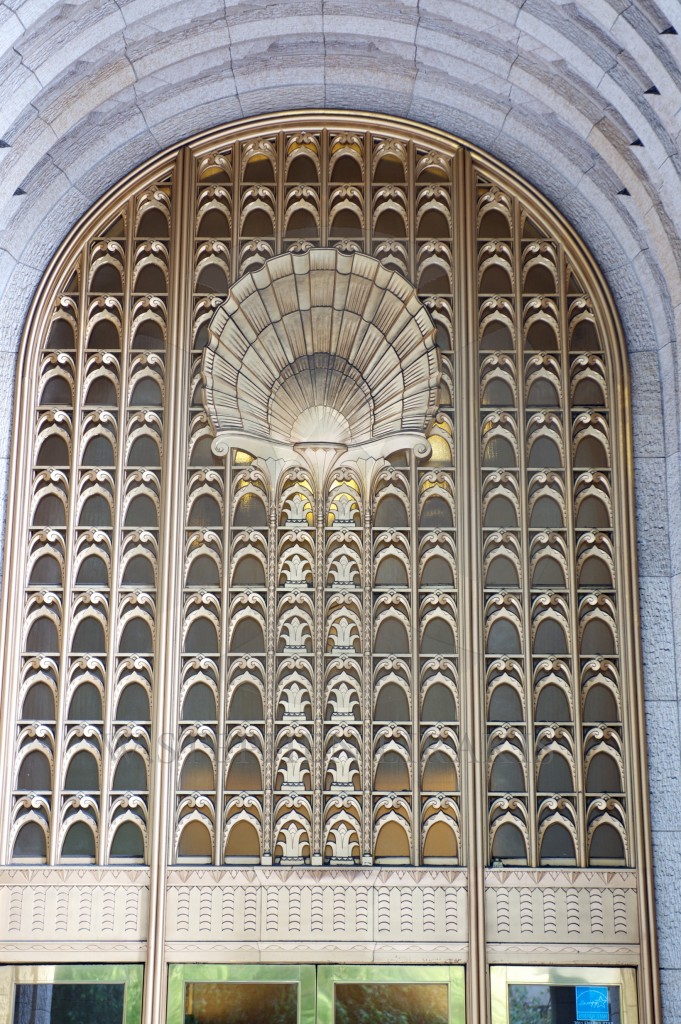
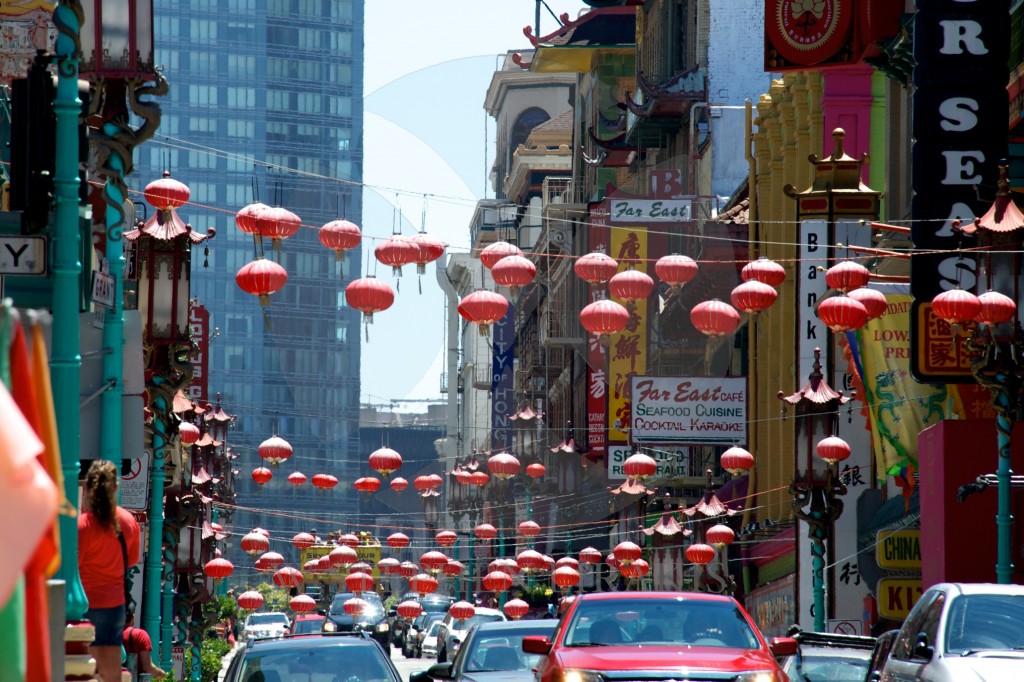
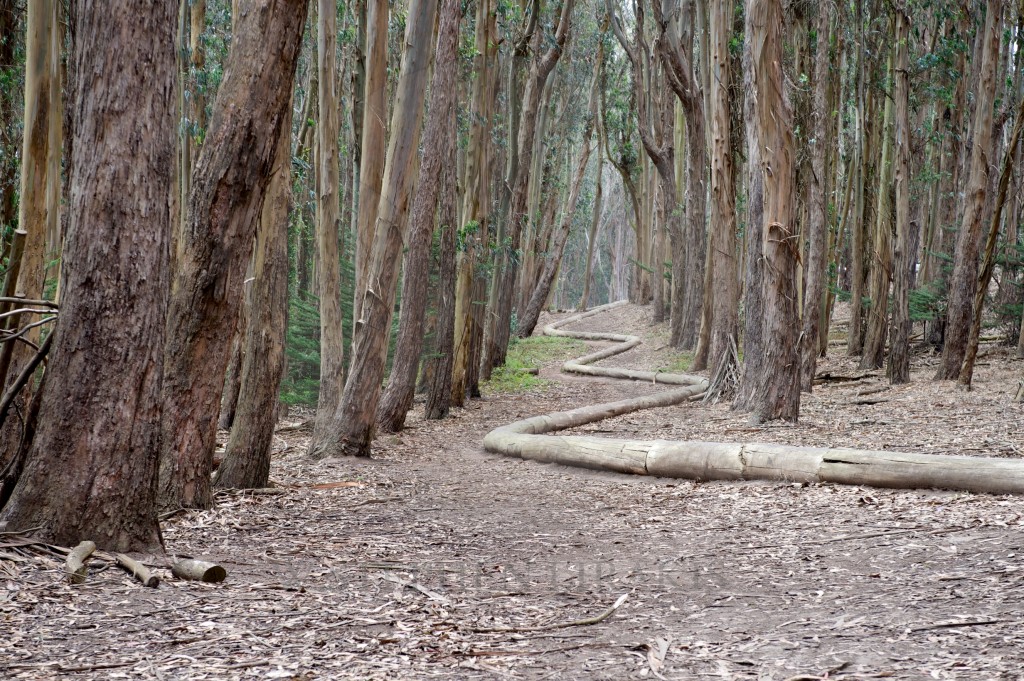
San Francisco host of the 34th America’s Cup. I still don’t know the city well at all. I know Los Angeles much better. I would like to know San Francisco better. It is strange as San Francisco is a port city and a sailing city.
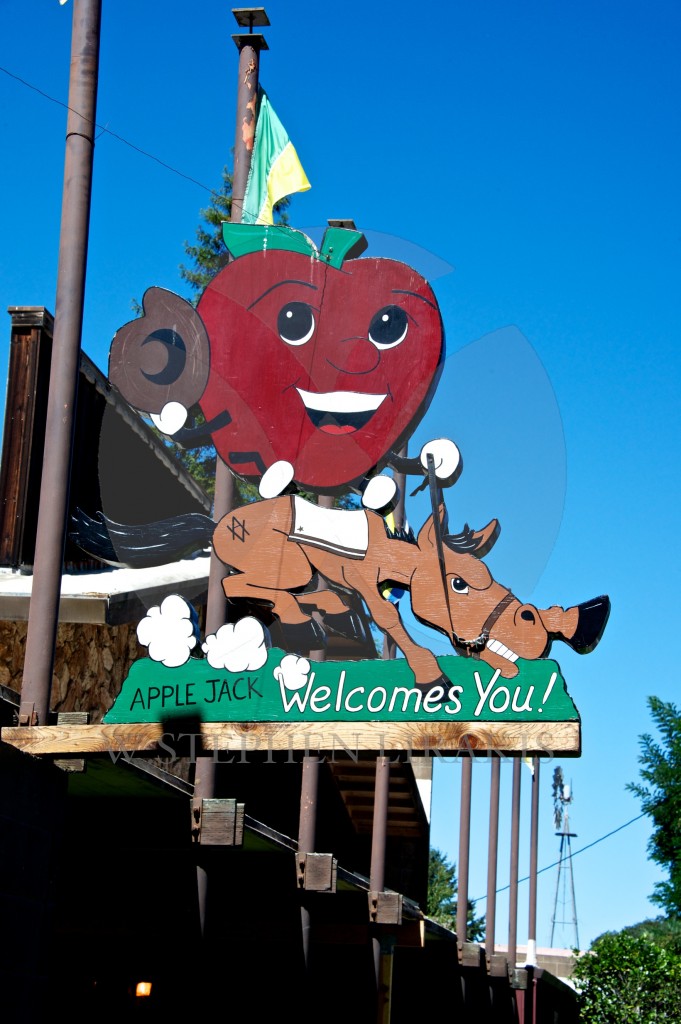
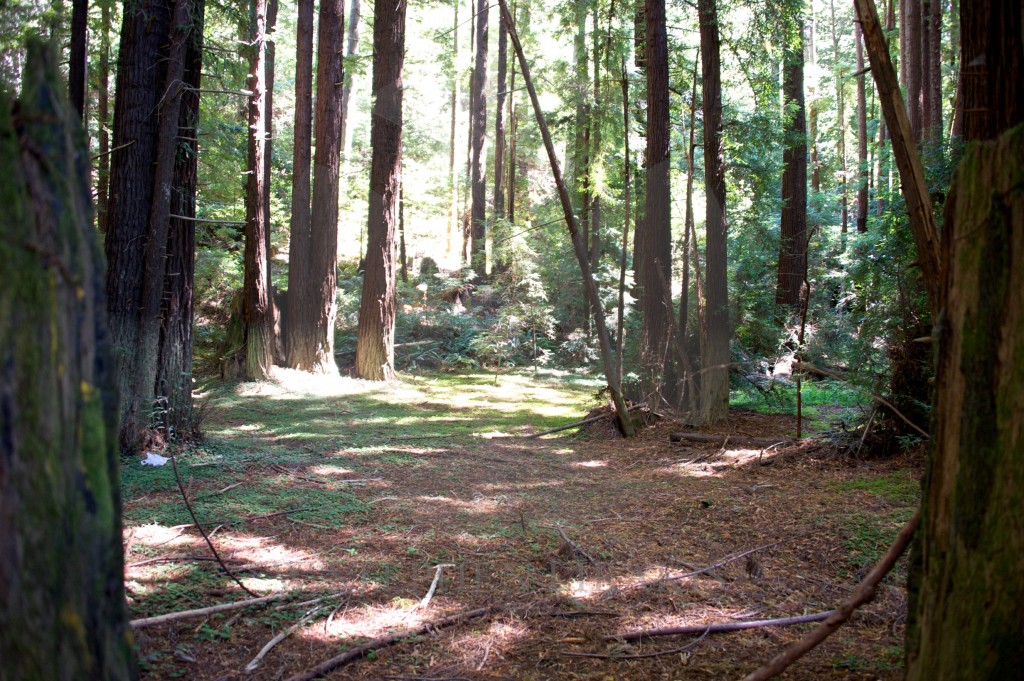
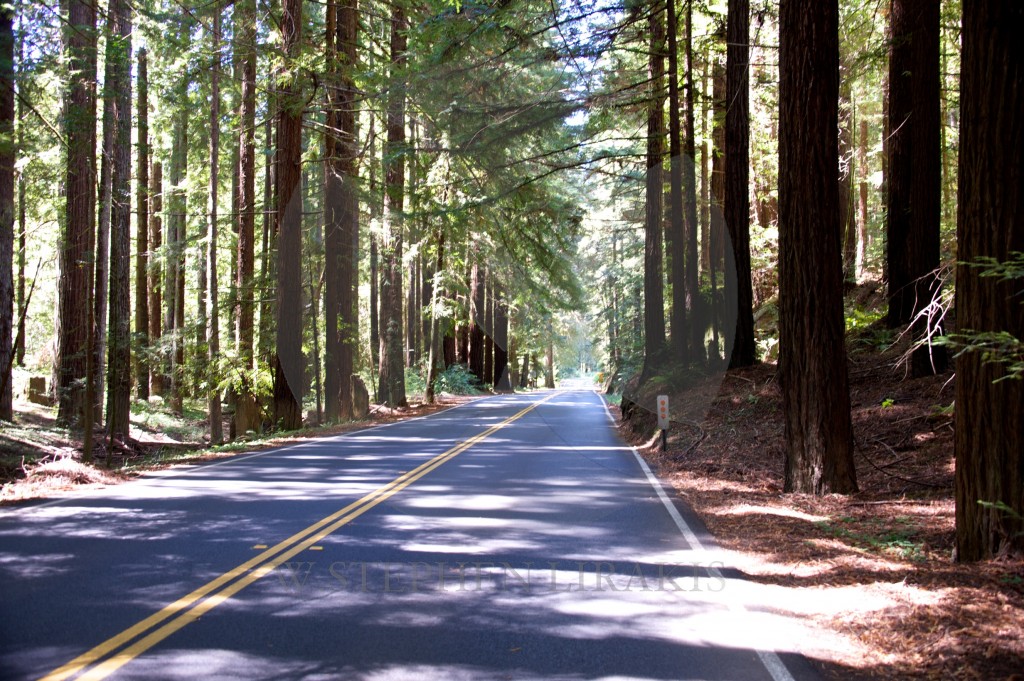
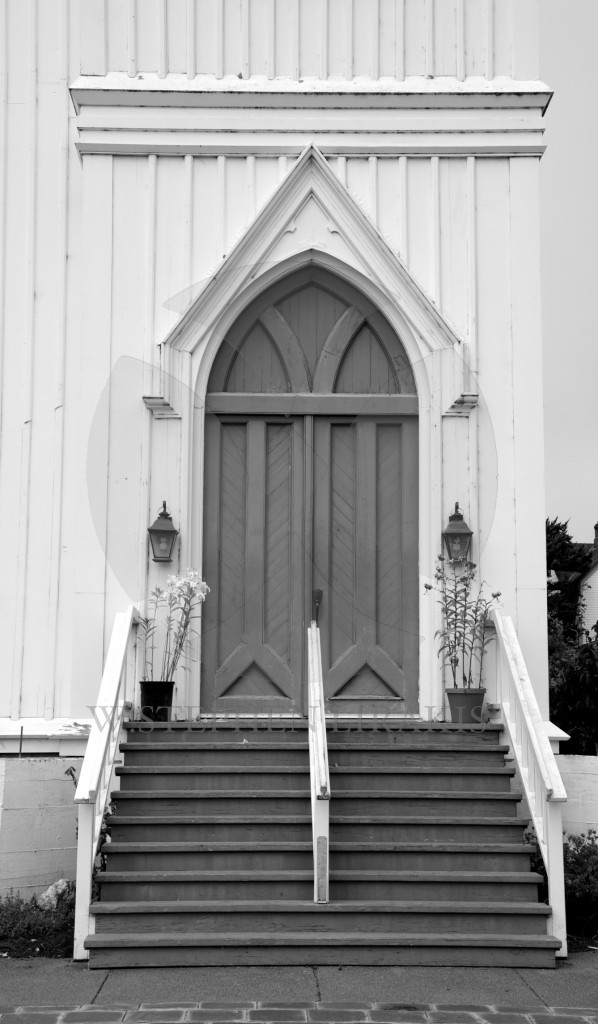
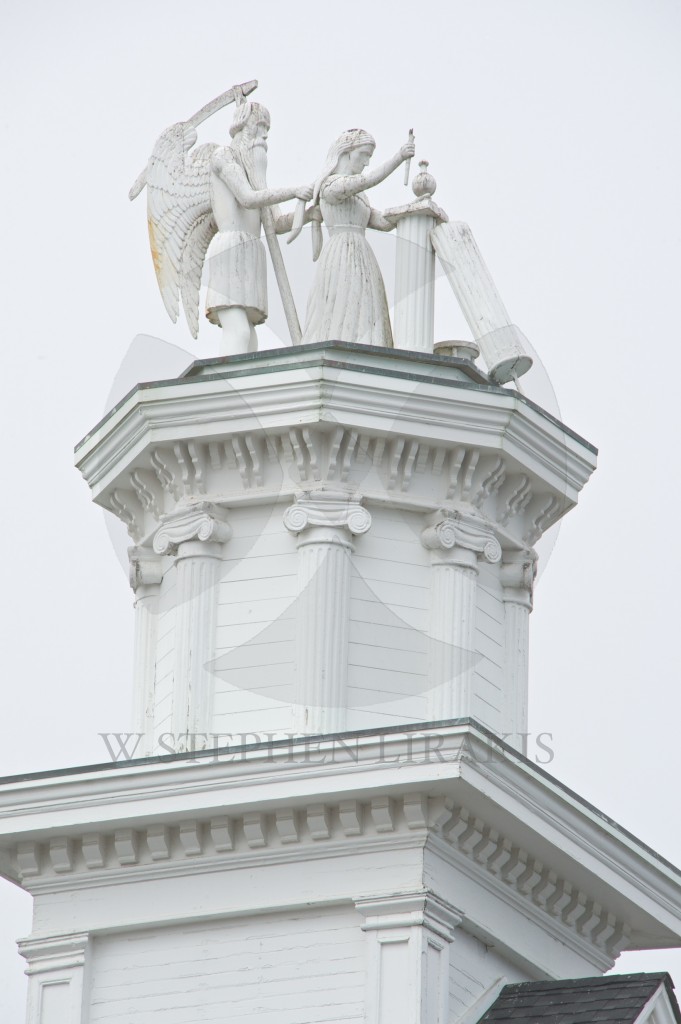
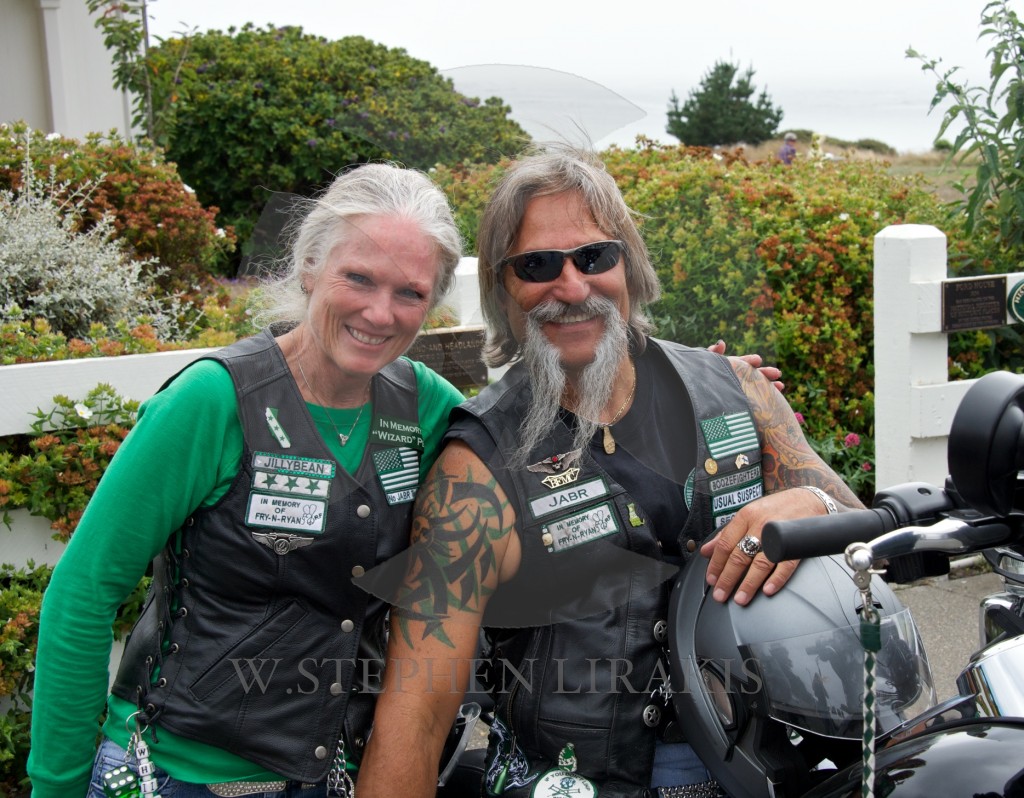
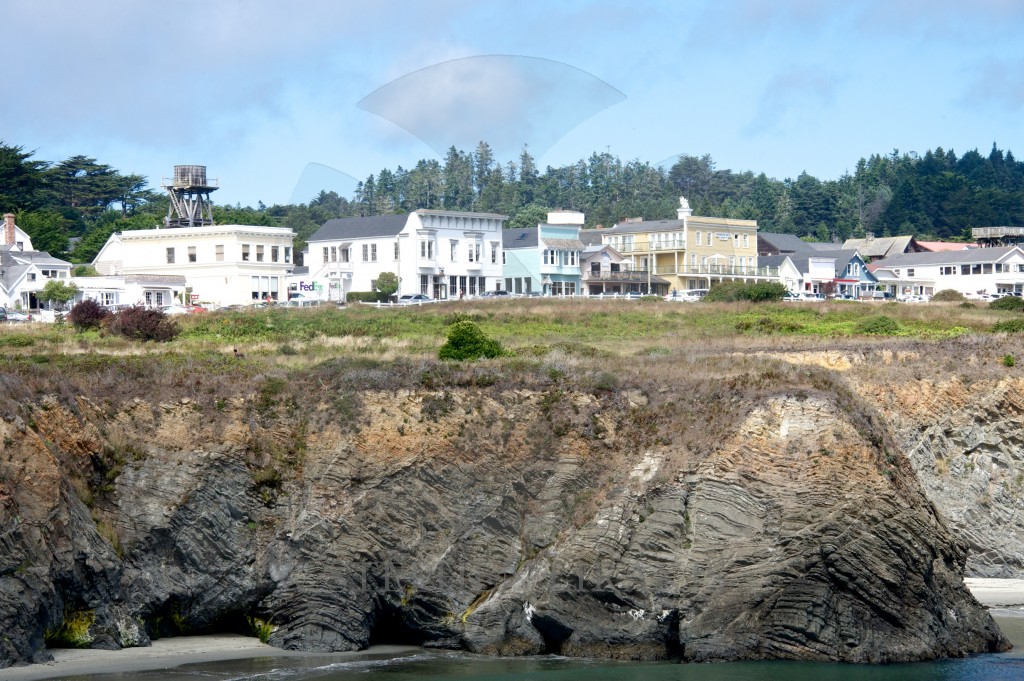
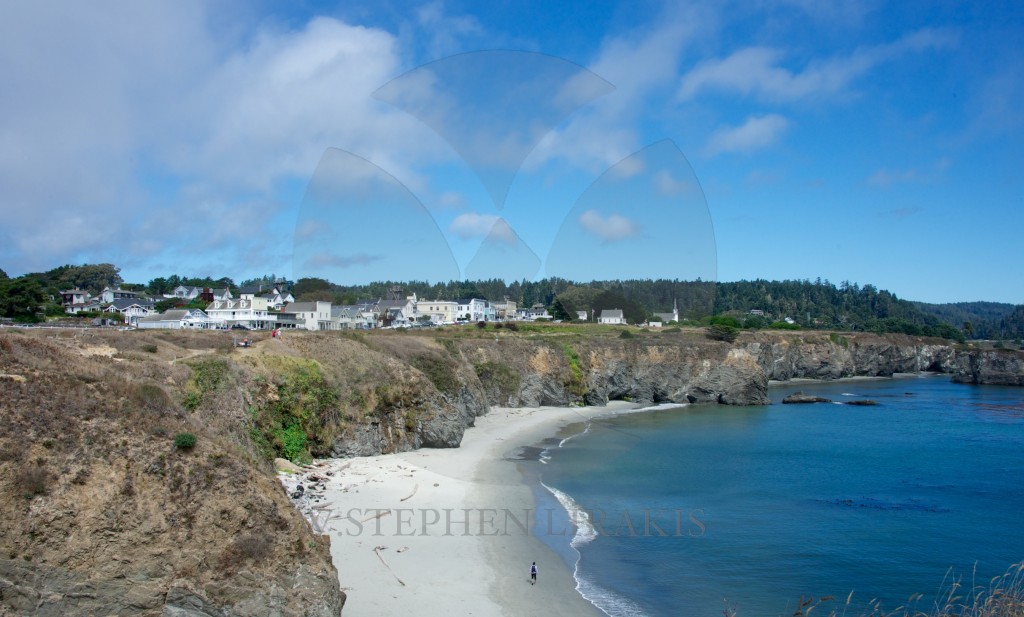
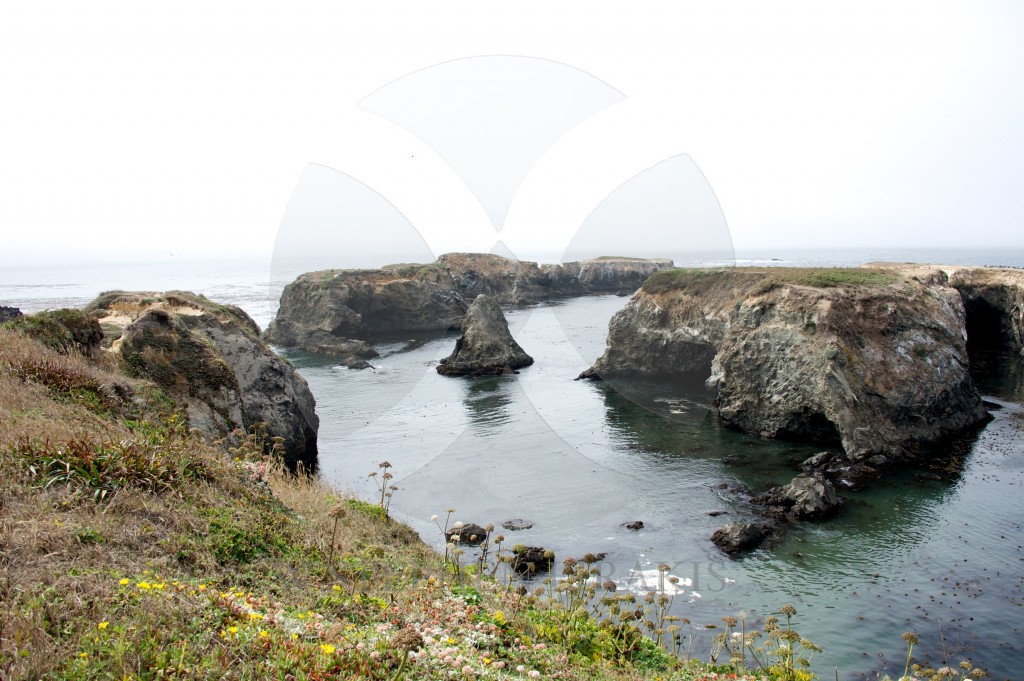
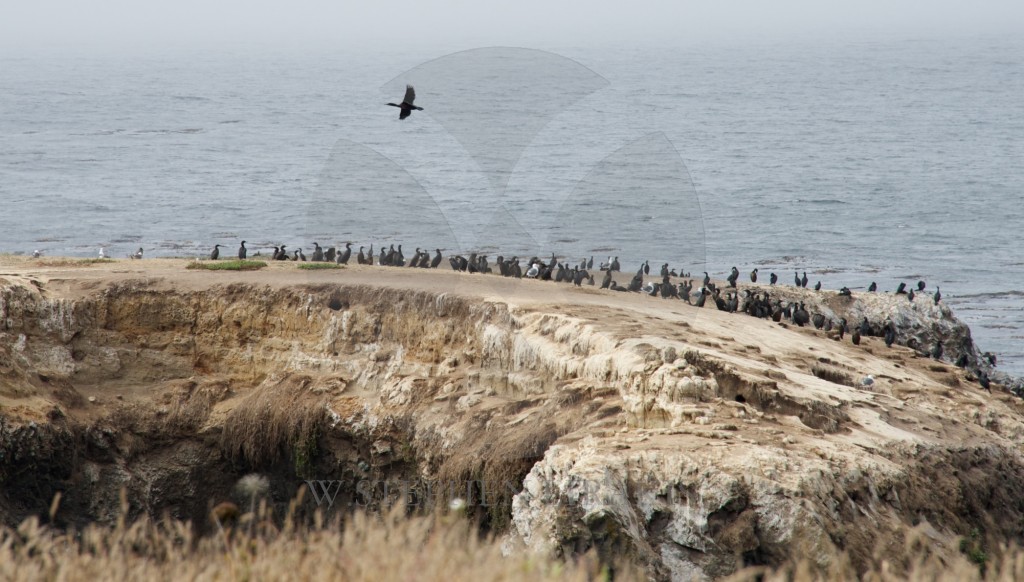
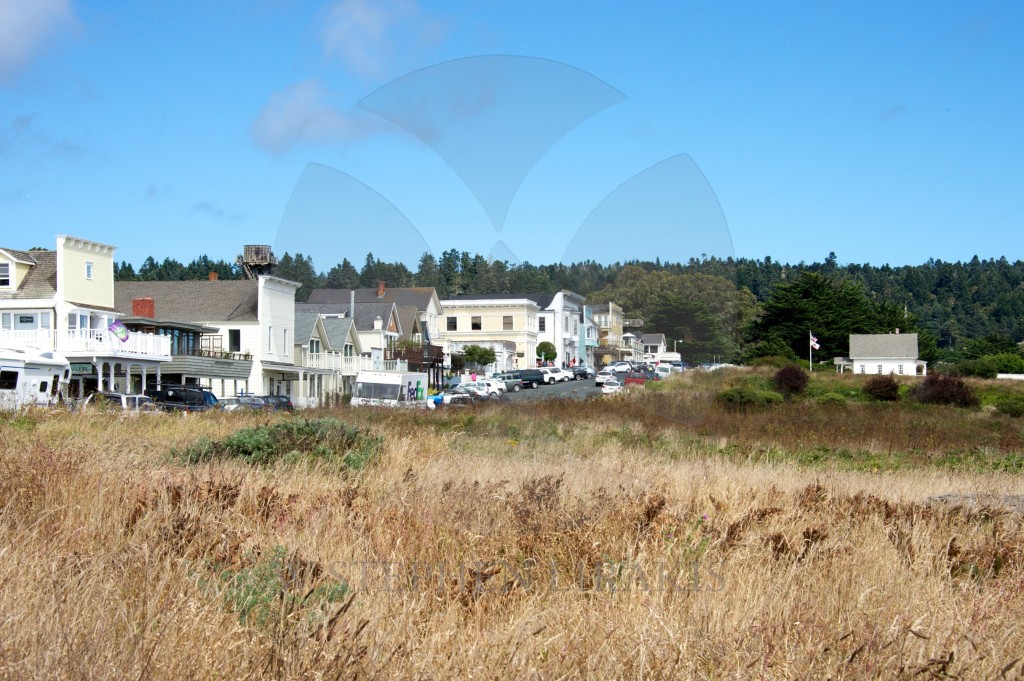
Mendocino is more beautiful than I expected. The ride there is equally lovely.

Aug. 25, 2013: Inmate firefighters walk along Highway 120 as firefighters continue to battle the Rim Fire near Yosemite National Park, Calif. Fire crews are clearing brush and setting sprinklers to protect two groves of giant sequoias as a massive week-old wildfire rages along the remote northwest edge of Yosemite National Park. (AP)
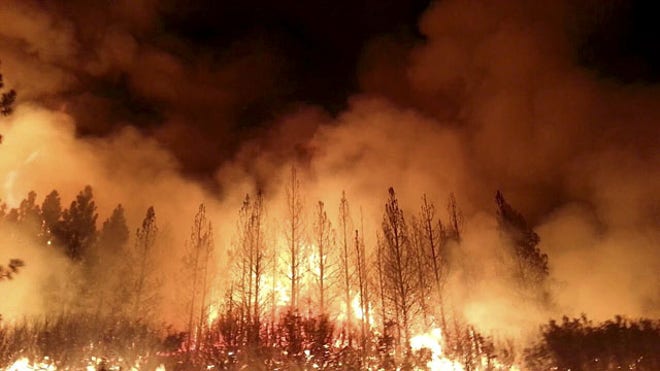
In this undated photo provided by the U.S. Forest Service, the Rim Fire burns near Yosemite National Park, Calif. (AP Photo)
A massive wildfire racing through the Yosemite wilderness — fueled by high winds — is threatening San Francisco’s fresh water and power supply as well as California’s iconic giant sequoias.
It’s one of several fires statewide being fought by more than 8,000 firefighters across nearly 400 square miles. The fire has consumed approximately 225 square miles of picturesque forests. Officials estimate containment at just 7 percent.
“This fire has continued to pose every challenge that there can be [in] a fire: inaccessible terrain, strong winds, dry conditions,” Daniel Berlant of the California Department of Forestry and Fire Protection said on Sunday.
The fire continues burning in the remote wilderness area of Yosemite, but park spokesman Tom Medena told the Associated Press it’s edging closer to the Hetch Hetchy Reservoir, the source of 85 percent of San Francisco’s famously pure drinking water, as well as power for a number of key city buildings, including the airport. The city has issued assurances that the water quality remains good, but the San Francisco Public Utilities Commission has shut two hydro-electric stations fed by water from the reservoir and cut power to more than 12 miles of lines. The city has been buying $600,000 worth of power on the open market to ensure San Francisco doesn’t go dark.
Meanwhile, park officials are clearing brush and setting sprinklers to protect two groves of giant sequoias. The iconic trees can resist fire, but dry conditions and heavy brush are forcing extra precautions to be taken in the Tuolumne and Merced groves. About three dozen of the giant trees are affected.
“All of the plants and trees in Yosemite are important, but the giant sequoias are incredibly important both for what they are and as symbols of the National Park System,” park spokesman Scott Gediman told The Associated Press on Saturday.
The trees grow naturally only on the western slopes of the Sierra Nevada and are among the largest and oldest living things on earth.
The Tuolumne and Merced groves are in the north end of the park near Crane Flat. While the Rim Fire is still some distance away, park employees and trail crews are not taking any chances.
Fire officials are using bulldozers to clear contingency lines on the Rim Fire’s north side to protect the towns of Tuolumne City, Ponderosa Hills and Twain Hart. The lines are being cut a mile ahead of the fire in locations where fire officials hope they will help protect the communities should the fire jump containment lines.
Firefighters were hoping to advance on the flames Monday but strong winds, gusting up to 50 mph in some places, were threatening to push the blaze closer to Tuolumne City and nearby communities.
“Winds are increasing, so it’s going to be very challenging,” said Bjorn Frederickson, a spokesman for the U.S. Forest Service.
The Forest Service confirmed late Sunday to KTVU.com  that the fire had burned through the Berkeley Tuolumne Family Campsite, which was owned by the city of Berkeley, Calif., and had been in operation since 1922. Firefighters were unable to immediately assess the damage, and it was not clear if any structures survived. The camp had been evacuated Tuesday and no injuries were reported.
that the fire had burned through the Berkeley Tuolumne Family Campsite, which was owned by the city of Berkeley, Calif., and had been in operation since 1922. Firefighters were unable to immediately assess the damage, and it was not clear if any structures survived. The camp had been evacuated Tuesday and no injuries were reported.
“It’s a very difficult firefight,” Berlant said.
Frederickson added that the fire is slowing down a bit, but still growing.
The high winds and movement of the fire from bone-dry brush on the ground to 100-foot oak and pine treetops have created dire conditions.
“A crown fire is much more difficult to fight,” Berlant told The Associated Press on Sunday. “Our firefighters are on the ground having to spray up.”
The blaze sweeping across steep, rugged river canyons quickly has become one of the biggest in California history, thanks in part to extremely dry conditions caused by a lack of snow and rainfall this year. Investigators are trying to determine how it started Aug. 17, days before lightning storms swept through the region and sparked other, smaller blazes.
The fire is the most critical of a dozen burning across California, officials say. More than 12 helicopters and a half-dozen fixed wing tankers are dropping water and retardant from the air and 2,800 firefighters are on the ground.
Statewide, more than 8,300 firefighters are battling nearly 400 square miles of fires. Many air districts have issued health advisories as smoke settles over Northern California. On Saturday, organizers canceled the 24th annual Lake in the Sky Air Show at Lake Tahoe because of poor visibility.
The U.S. Forest Service says about 4,500 structures are threatened by the Rim Fire. Berlant said 23 structures were destroyed, though officials have not determined whether they were homes or rural outbuildings.
Jessica Sanderson said one of her relatives gained access to the family’s property in Groveland, just 26 miles from the park’s entrance, on Saturday and was able to confirm their vacation cabin had burned to the ground.
The family saw firefighters on a TV news report a day earlier defending the cabin.
“It’s just mind-blowing the way the fire swept through and destroyed it so quickly,” said Sanderson, who’s been monitoring the fire from her home near Tampa Bay, Fla. “The only thing left standing is our barbecue pit.”
At the nearby Black Oak Casino in Tuolumne City on Sunday, the slot machines were quiet as emergency workers took over nearly all of the resort’s 148 hotel rooms.
“The casino is empty,” said casino employee Jessie Dean. “Technically, the casino is open but there’s nobody there.”
As thick smoke portends the fire’s fast approach, the area has been cleared of everyone but locals and emergency workers. Dean lives on the reservation of the Tuolumne Band of Me-Wuk Indians and left her four children at relatives’ homes in the Central Valley.
But the tourist mecca of Yosemite Valley, the part of the park known around the world for such sights as the Half Dome and El Capitan rock formations and waterfalls, remained open, clear of smoke and free from other signs of the fire that remained about 20 miles away.
The Associated Press contributed to this report.
This kind of event has been happening this years all over the west. Remember 19 firefighters died in Arizona. About a year ago we drove through Yosemite on route 120.
It shows how interconnected life is when a wildfire in Yosemite could have such a direct effect on the city of San Francisco.
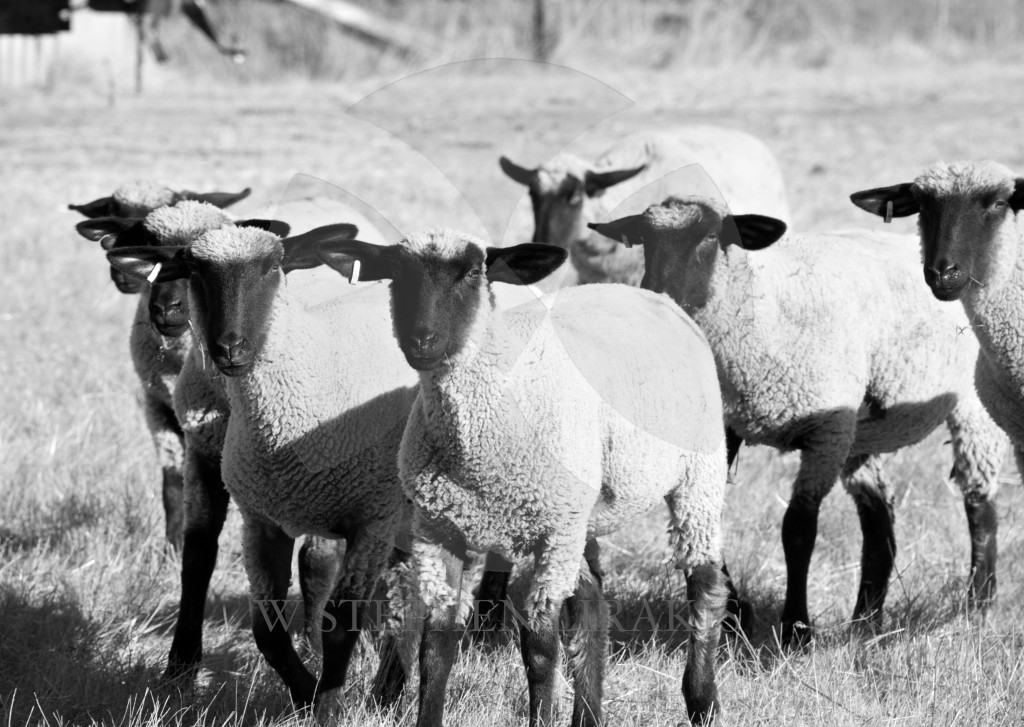
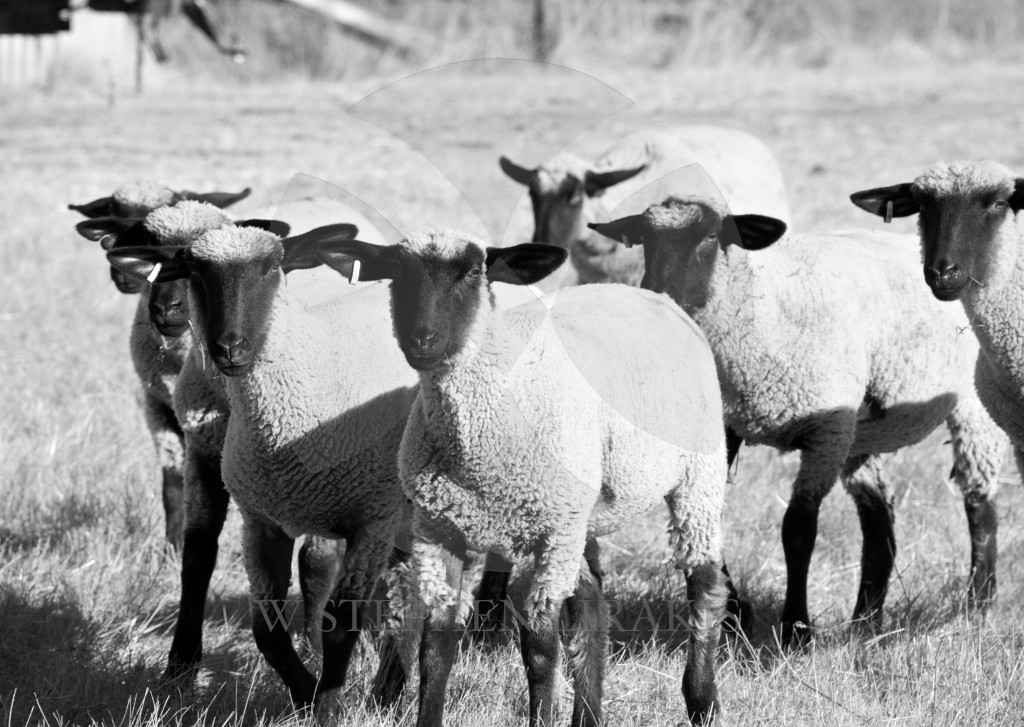
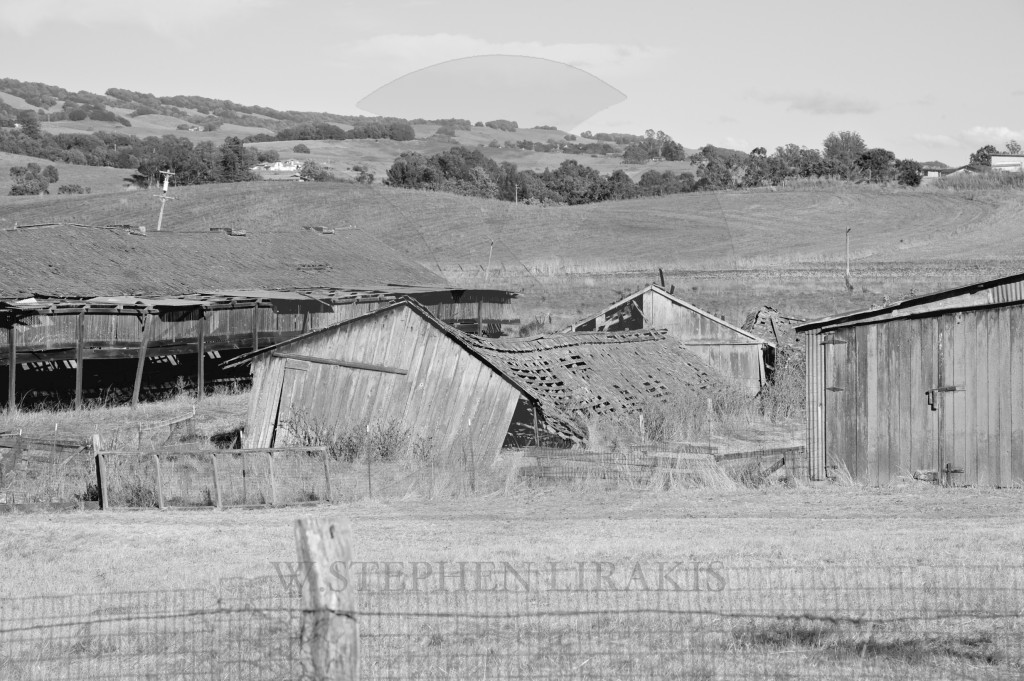
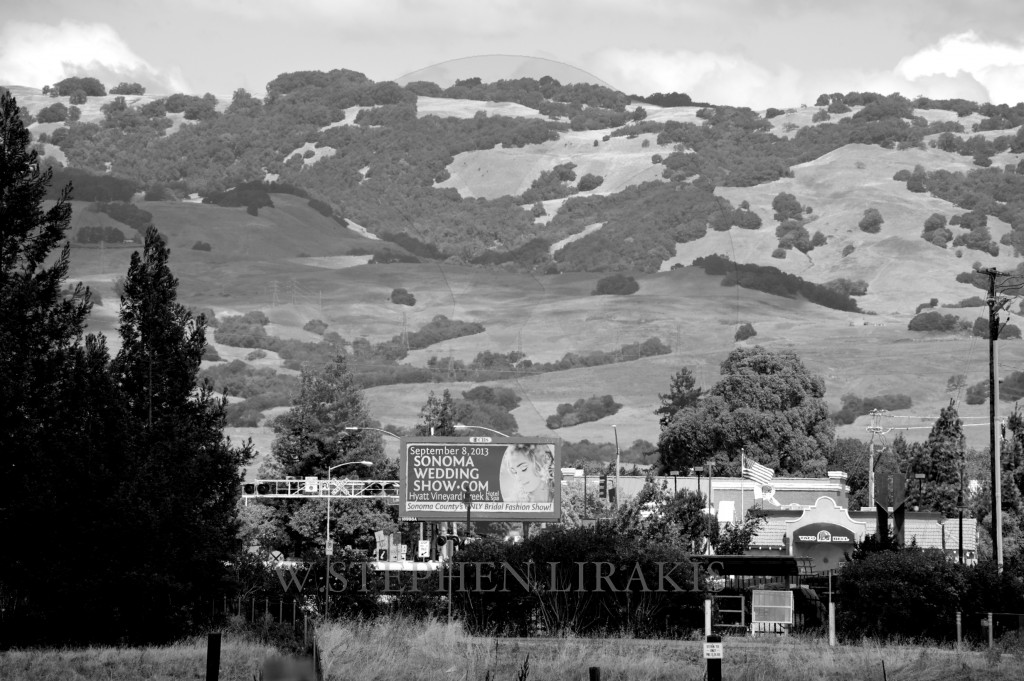
The win by team new zealand was pretty much a foregone conclusion, I am reluctant to say it but I am not certain what the Italians expected or if they came for the party. I hope they got what they wanted given the price of admission.
Team New Zealand is, I believe, favored to win the America’s Cup. It will be certainly closer than the Louis Vuitton.

Peter Shih moved from New York City to a startup incubator in San Francisco and developed an online payment processing company called Celery.
So far, it’s your typical Silicon Valley success story.
But something happened along the way west to California’s Golden Gate. Shih decided he didn’t like the City by the Bay.
Didn’t like it at all.
(Read more: These kids today—It’s all about ‘ME ME ME!’)
Last week Shih wrote a rant called “10 Things I Hate About You: The San Francisco Edition” on a site called Medium. The original post has since been removed, but several other bay area websites have picked it up.
Shih’s criticisms of San Francisco include transportation: “Why the f*%^ would I want to go anywhere if I have to choose between spending an hour on a bus where homeless people publicly defecate or an equally enraging hour of circling the same 4 street blocks trying to find parking on a 45 degree hill?”
His take on the women there, whom he calls 49ers: “No, not the football team, they’re great. I’m referring to all the girls who are obviously 4’s and behave like they are 9’s. Just because San Francisco has the worst Female to Male ratio in the known universe doesn’t give you the right to be a b*tch all the time.”
On getting a taxi: “Transvestite to Taxi ratio being quite literally off the charts, it is impossible to get home safely, especially if you live far from downtown.”
On bicyclists: “Next time I see one of you f*%@ers bomb through a crosswalk and almost mow down a row of pedestrians I’m going to clothesline you.”
(Read more: Americans enjoy pretending to understand the news)
Then there’s the weather. Mark Twain is thought to have once said, “The coldest winter I ever spent was a summer in San Francisco.” It’s not clear whether Twain actually said this, but anyone who knows San Francisco weather gets the joke. Shih kicks it up a notch: “I hate how the weather here is like a woman who is constantly PMSing.” Nice.
That’s when the Shih really hit the fan.
San Franciscans are up in arms that someone should call their beautiful, beloved city a toilet. Signs have popped up suggesting Shih go back to the Big Apple.
Anisse Gross wrote a counterblog on Medium called “10 Ways to Open Your Heart to San Francisco.” She suggests Shih “try walking,” and as for the weather being like a woman PMS-ing, “I’m going to put aside my entire dissertation on your hatred of women (including the fact that a uterus is the reason why you are here!)”
Folks, hold on to your uterus. Just for a moment.
As someone who has had to put up with San Francisco’s superiority complex my entire life, I am enjoying watching my northern neighbor get itself in a collective living wage wedgie because someone dared to point out the Tenderloin makes LA’s Skid Row look like Beverly Hills.
(Read more: Marketing tampons: From Brenda Vaccaro to ‘Flo’)
I was born and raised in Los Angeles, and all I ever hear from folks in the Bay Area is how great they are, and how much SoCal sucks. Yes, we in the southern part of the state steal your water. Yes, we are superficial. Yes, we have no meaningful culture center. At least we know it! People in Los Angeles look at themselves in the mirror and have no illusions—we need more Botox. On the other hand, look up the definition of “smug” in the dictionary, and you’ll see a map of San Francisco. Which you canNOT call San Fran. Or Frisco.
Don’t get me wrong. I love San Francisco, love the look of it, the restaurants, the quirkiness, the edge. But there’s a reason nearly all the big money in Silicon Valley is not in San Francisco. It’s a messy, dirty, funny, lovely, wonderful place. It’s the brother who is always the life of the party, but you’d never lend him money. L.A. is the gold digging ex-wife, but at least she knows it. And the weather’s better.